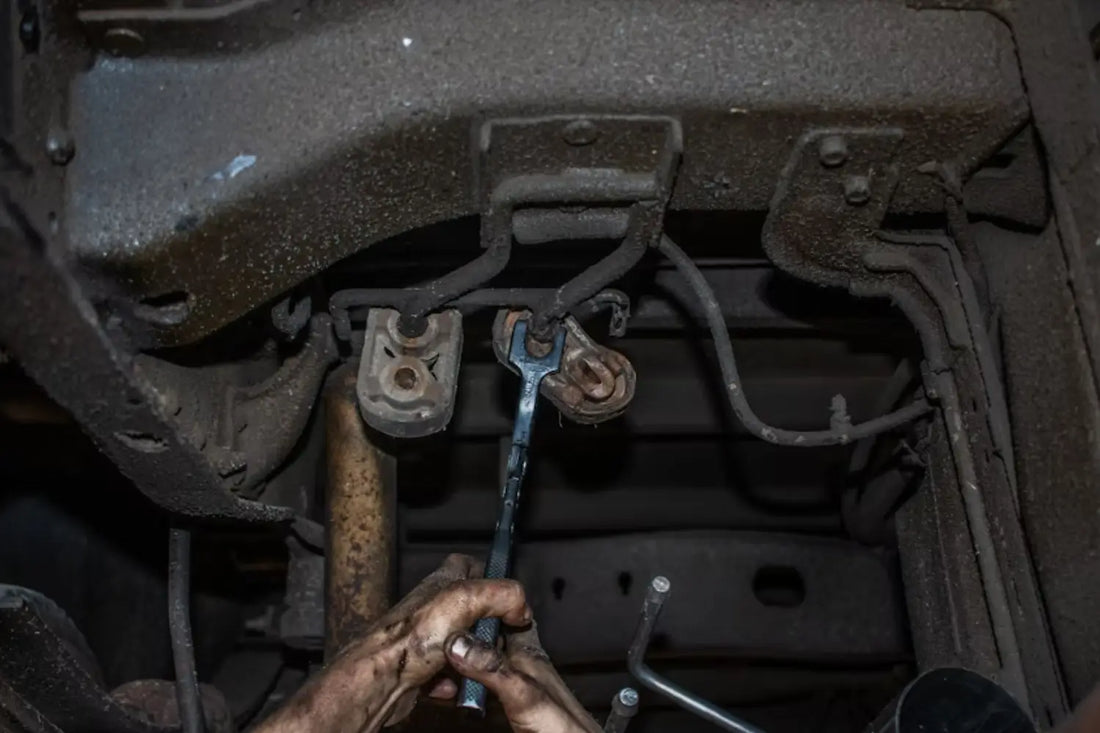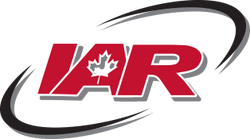
Top 5 Reasons Your Servo Drive Fails — And How Expert Servo Drive Repair in Canada Can Fix It Fast
Jitendra PatiServo drives are the unsung heroes behind smooth motion control in industries like manufacturing, robotics, packaging, and CNC machining. But when they fail, operations can come to a sudden halt — and every minute counts. In this blog, we’ll break down the top 5 reasons why servo drives fail, and how expert servo drive repair in Canada can bring your equipment back to life quickly and reliably.
Overheating: The Silent Killer
Overheating is one of the most common — yet often overlooked — causes of servo drive failure. It doesn’t take a catastrophic event for heat to do damage. Sometimes, just a blocked vent or failed fan is enough to push the internal temperature beyond safe levels. Over time, components like capacitors and power transistors begin to degrade, leading to performance drops or total shutdown.
Professional servo drive repair in Canada involves detailed thermal inspections, replacement of heat-damaged components, and reassembly with proper cooling measures. Skilled technicians also test the unit under load to make sure it can handle the real-world heat once back in operation.
Electrical Surges and Power Supply Issues
A sudden power spike or inconsistent voltage can cause serious internal damage to a servo drive. This includes burnt circuit tracks, damaged rectifiers, or blown fuses. Even less dramatic voltage fluctuations, over time, can wear down internal circuits.
Certified repair shops don’t just swap out failed parts. They trace the root cause — whether it’s a faulty power supply or worn components. During servo drive repair in Canada, professionals perform thorough diagnostics and may recommend surge protection or isolation solutions to prevent repeat issues.
Component Ageing and Wear
Even the best servo drive won’t last forever. Electrolytic capacitors dry out. Solder joints crack. ICs degrade. Ageing components are a natural part of the lifecycle, especially in high-use environments.
Experienced repair centres don’t wait for a complete breakdown. They often suggest proactive component replacement once wear is identified. Refurbishing aged drives extends lifespan and helps avoid unexpected shutdowns — all at a fraction of the cost of buying new.
Contamination from Dust, Oil, or Moisture
Industrial environments are often less than friendly to sensitive electronics. Dust build-up, oil mist, or moisture inside the servo drive can short circuits or corrode connections.
This is where professional cleaning and board-level repair come in. During servo drive repair in Canada, technicians fully disassemble the unit, clean it with specialised equipment, repair any corroded areas, and reseal it to keep future contaminants out. Some shops even offer protective coatings to prevent recurrence.
Improper Handling or Installation
Sometimes, the damage isn’t from the machine — it’s from the hands that installed it. Incorrect wiring, improper grounding, or rough handling can silently damage the drive from day one.
Expert repair technicians often spot signs of improper handling that others miss. They’ll not only fix the damage but also offer guidance on proper installation to prevent further issues. Some companies even provide on-site support or phone consultations during reinstallation.
Fast, Professional Repair Makes All the Difference
Time is money — especially when your production line is idle. The good news is that trusted providers of servo drive repair in Canada have the expertise, tools, and parts needed to diagnose and repair faults quickly. Whether it’s a legacy unit or a modern model, choosing a qualified repair service means less downtime and more reliability moving forward.
In a Nutshell: Don't Let a Small Fault Stop a Big Operation
Servo drive failure might seem like a small issue — until it stops your entire operation. The good news? Most problems are fixable, and many can be prevented with the right service partner. If your system is showing signs of failure, don't wait. Get expert help, get it fast — and get back to what your business does best.
